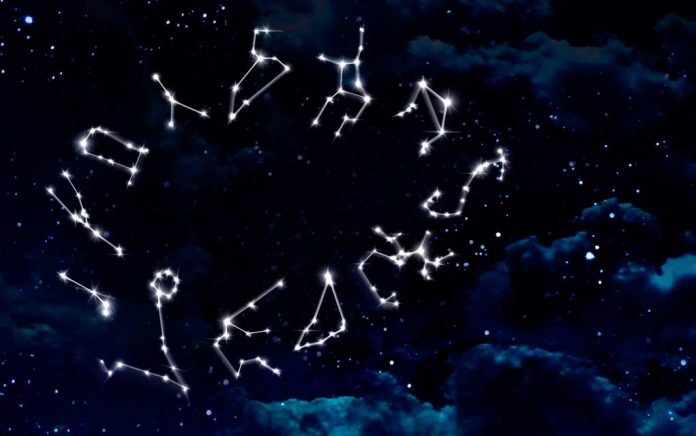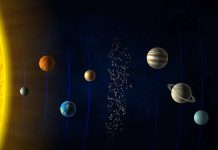
Recently, there has been a bit of hubbub rippling through the internet and the television morning talk shows regarding reports of a new astrological sign discovered by NASA. In January 2016, an article was updated on NASA’s SpacePlace educational site that took a little jab at Astrologers (and Astrology itself) by indicating that perhaps the Babylonians got a little sloppy and left out a sign called Ophiuchus.
Over the last few years, the media has run with the story and many outlets and web sites allege that many people have to change their Sun Signs. While this situation has made it clear that NASA doesn’t understand the philosophy and language of astrology, it is fortunate that most astrologers have a basic working knowledge of astronomy.
Ophiuchus Rising
Ophiuchus is indeed a small constellation of stars that sits roughly between Scorpio and Sagittarius from our perspective on Earth. This is not a newly discovered group of stars. Both Astrologers and Astronomers have known of the existence of Ophiuchus for more than a millennium. It has its own rich symbolism and mythology, but it isn’t an astrological sign. There are 88 constellations that are visible from the Earth and the majority are not used in modern Western Astrology as signs.
Through many, many years of watching the sky (so much easier before electric lights and cities!) and comparing it to worldly events, the Babylonians came up with the system that is similar to we use today. It has been tried and true for more than 3000 years. Even Ptolemy, the “father” of modern astrology, knew that Ophiuchus touched the astrological ecliptic (the plane that the Signs are on) and still didn’t include it. Because it isn’t a Sign.
The Western Zodiac is based on the mythology of the symbols of the twelve constellations, yes. However, we do not use the Sun passing through the actual constellations in Western Astrology. As our process was developed, it was found to be more accurate when based on the seasons than literally on the fixed stars.
Books have been written about including Ophiuchus and other various constellations as signs since the 1930s, but it has never caught on because the majority of Western Astrologers find that it doesn’t work in practice. Some other forms of astrology, such as some eastern methods or Sidereal Astrology, do use many of the fixed stars already, including those in Ophiuchus. It all boils down to what works in practical application and what gives the most accurate Natal Chart readings and Horoscopes within a working system. The 13th astrological sign started as a NASA joke and is now a myth… nothing more.
The Astrological Year
While many in the media think NASA has dropped a bombshell, anyone with a working knowledge of astrology understands that the Signs are 30 degree sections of the sky divided by seasonal changes. The astrological year begins when the Sun enters the Sign of Aries at the Spring Equinox. Traditionally seen as a time of birth and renewal, planets in Aries are colored with an interpretation that reflects this archetype of youth.
From Aries forward, the Signs are divided in 12 sections, adding up to 360 degrees. Each Cardinal sign in the Zodiac corresponds to a season change. The Sun enters Aries and Libra on the Equinoxes and the Sun enters Cancer and Capricorn on the Solstices. Each of these signs have something in common, and those who have their Sun in these Signs tend to have an ego that is assertive and are creative with new beginnings (whether they can finish what they start is another topic!).
From our perspective on earth, the Sun and other planets would make highly irregular trips through the constellations, and these would change based on factors such as the Earth’s tilt. The Sun only passes through Ophiuchus from our perspective for just over two weeks, for example. The ancients clearly made the right decision to assign Signs in a seasonal Earth-centric system as opposed to the actual constellations, and their model has worked for thousands of years.
Astrology is a Language
Not to say Astrologers don’t argue amongst themselves as to the right and most accurate way to do things. We absolutely do and there wouldn’t be more than one system if we could all agree. However, just as there are many schools of thought in psychology and philosophy: perspective, style, and human imperfections and personal biases create differences. We argue over the true planetary ruler of Virgo just as vehemently as we do over why Astrology works.
Astronomers have been trying to prove Astrology wrong for as long as there have been Astronomers. Yet, millions of people read their Horoscope daily because they know there is something to it. This last little article to throw a wrench in the works isn’t anything new and only reveals that the NASA writers knew a little bit less about Astrology than they thought.
Copyright 2021 Soulvibe.com











